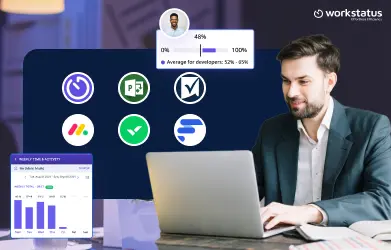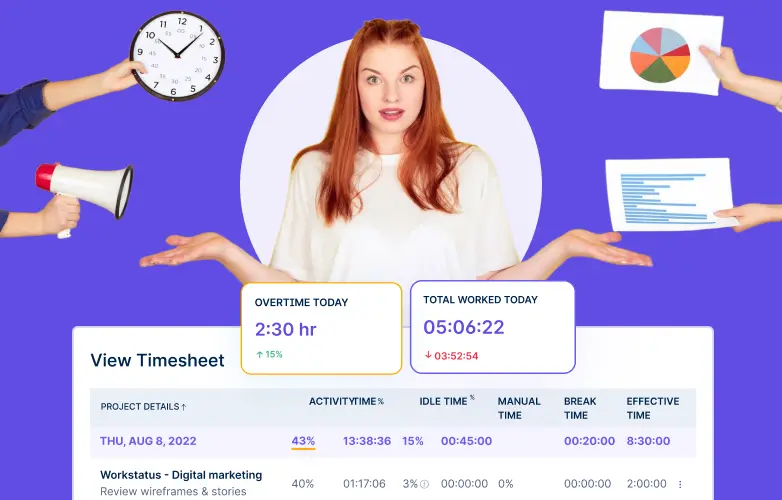Table of Contents
Introduction
Working from home is not just a trend anymore – it’s a way of life that needs us to be flexible and ready for change.
Studies show that remote work has grown a lot, around 159%, in the last ten years.
In this time of being able to work flexibly, having the right tools can change your home office into a super-productive space.
Steve Jobs once said, ‘Being innovative separates a leader from a follower.’
That’s why we’re exploring some essential apps made for people who work remotely.
These apps help teams work together better and make it easier to finish tasks on time.
They’re like magic tools that make remote work successful.
Let’s dive in.
Top 7 Challenges Faced By Remote Workers
Here are some significant challenges faced by remote workers more frequently:
1. Isolation and Loneliness
Remote work often means working independently, leading to feelings of isolation and loneliness.
Missing out on daily interactions with colleagues or the sense of belonging from being part of an office environment can impact mental well-being.
2. Communication Barriers
Working remotely may bring hurdles in communication.
Sometimes, it’s hard to express thoughts clearly through messages or calls, leading to misunderstandings.
Distances and varying time zones can also delay responses, sometimes making teamwork challenging.
3. Work-Life Balance
When work happens at home, it can be hard to know when to stop.
Creating a special place to work, deciding when work time starts and ends, and telling family or housemates about work times help balance work and home.
4. Technical Issues
Sometimes, computers or the internet don’t work well.
To fix this, having backup plans like using other devices or internet connections can be helpful.
Also, learning how to solve common problems and keeping computer programs updated helps avoid tech troubles.
5. Distractions at Home
Home can be noisy with chores, family, or pets, making it hard to concentrate.
Having a quiet place to work, setting times for work, and telling family members about work times can help stay focused.
6. Lack of Structure and Routine
Working far away means there needs to be a fixed schedule.
But having a plan for each day, setting times for work, breaks, and personal stuff keeps things organized and helps get things done.
7. Managing Time Zones
Setting up meetings and working together can be tricky when teammates are in different places.
Using tools that show different time zones, talking at different times, and agreeing on times that work for everyone helps make teamwork easier.
Types of Apps You Need To Remain Productive
1. Communication Tools
Apps like Slack, Microsoft Teams, or Discord facilitate real-time communication among remote teams.
These platforms offer instant messaging, file sharing, video conferencing, and channel-based discussions, enabling seamless collaboration and quick information sharing, irrespective of geographical location.
2. Project Management Apps
Tools like Asana, Trello, or Monday.com help remote workers organize tasks, set deadlines, assign responsibilities, and track project progress.
These apps streamline workflow management, allowing teams to stay aligned, prioritize tasks, and ensure accountability even when working remotely.
3. Time Management and Tracking Apps
Time-tracking apps like Workstatus assist remote workers in monitoring their work hours, tracking project-specific time allocation, and analyzing productivity patterns.
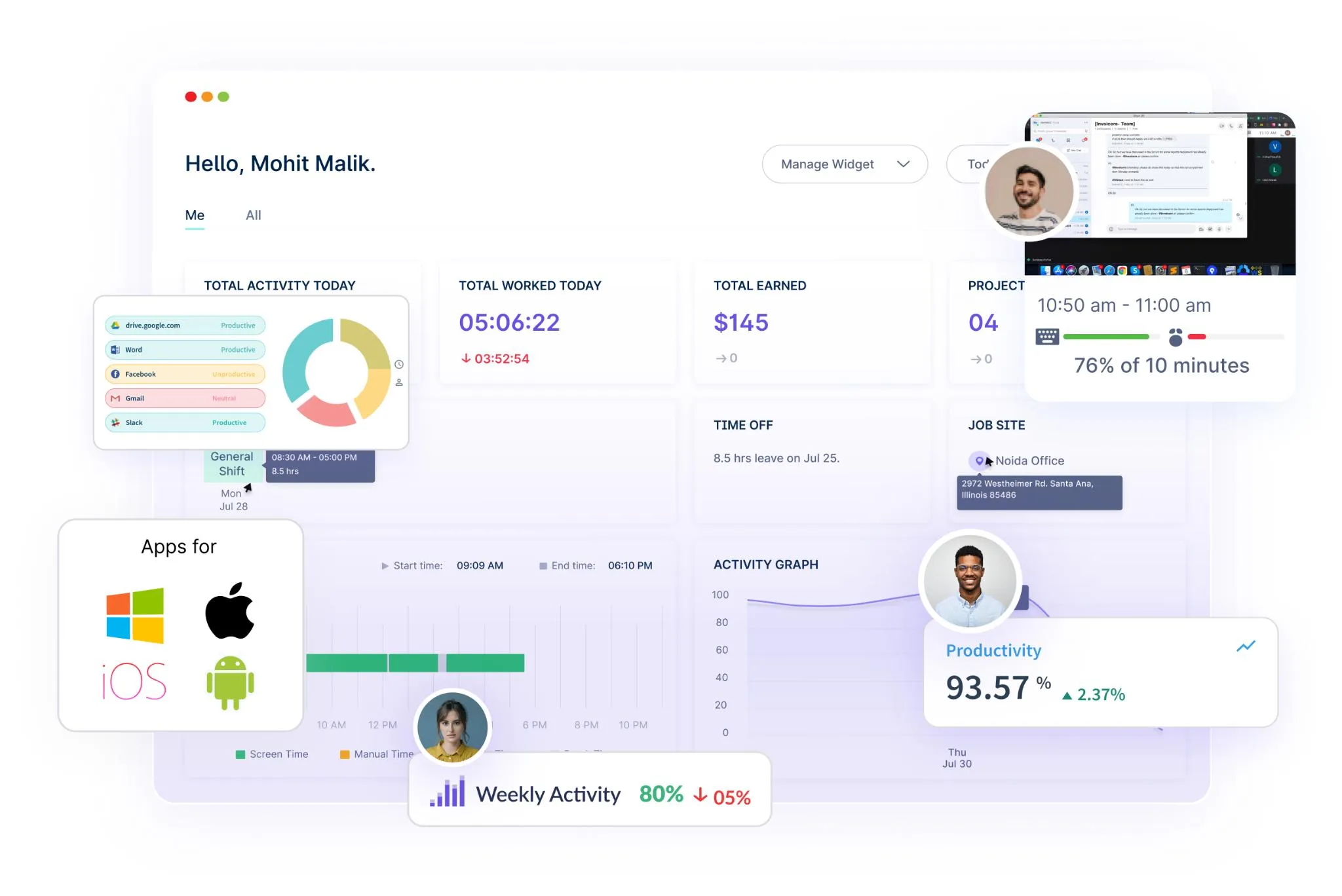
These apps enable better time management, allowing individuals to focus on tasks and improve efficiency.
4. Collaboration and File Sharing Apps
Platforms such as Google Workspace (formerly G Suite), Microsoft 365, and Dropbox provide cloud-based storage, enabling remote teams to access documents, spreadsheets, presentations, and other files in real time.
These apps ensure seamless sharing and editing of documents, fostering teamwork and eliminating version control issues.
5. Remote Access and Security Apps
VPNs (Virtual Private Networks) like NordVPN or ExpressVPN provides secure remote access to company networks and sensitive data. If you’re unsure which VPN to choose, you can check out the comparison of NordVPN vs ExpressVPN to see how they stack up in terms of performance, security, and additional features.
Additionally, password managers like Securden, LastPass, and 1Password help maintain strong password security across various accounts and platforms, enhancing data protection for remote workers.
20+ Apps For the Modern Remote Worker
Here is the list of the top apps for remote employees to look for:
1. Workstatus
Workstatus is an application designed to keep modern remote workers productive and engaged.
It allows them to monitor their work progress, track time spent on different tasks, and collaborate with team members efficiently.
Workstatus aims to boost productivity and organization among remote workers by offering tools to manage tasks, track work hours, and facilitate seamless communication within teams.
Here is the list of the most advanced features that can help remote employees to remain productive throughout the day:
- Habit Tracker
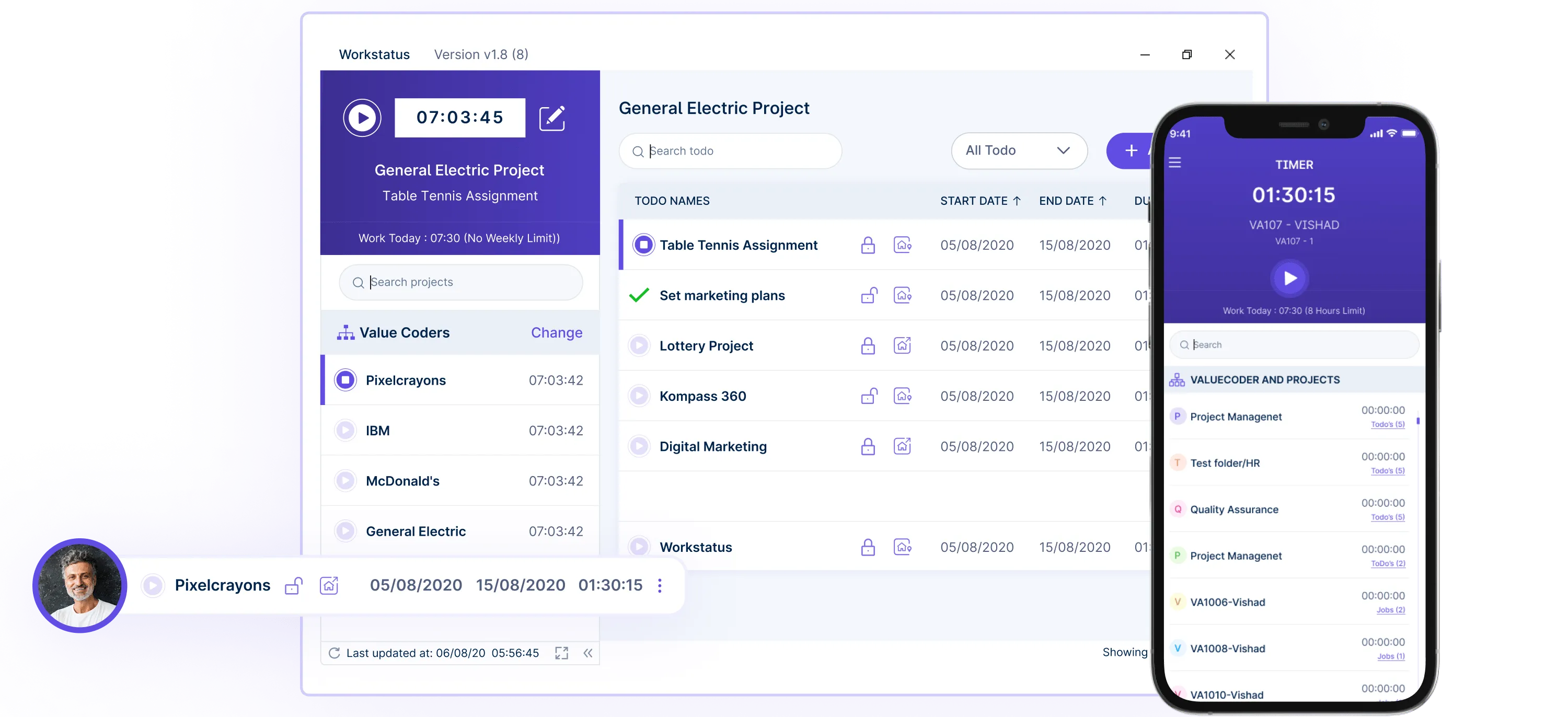
Workstatus helps remote workers by tracking their daily habits.
It means keeping an eye on routines like when you start work, take breaks, or finish tasks. It helps in staying organized and focused.
- Activity Rate Calculator
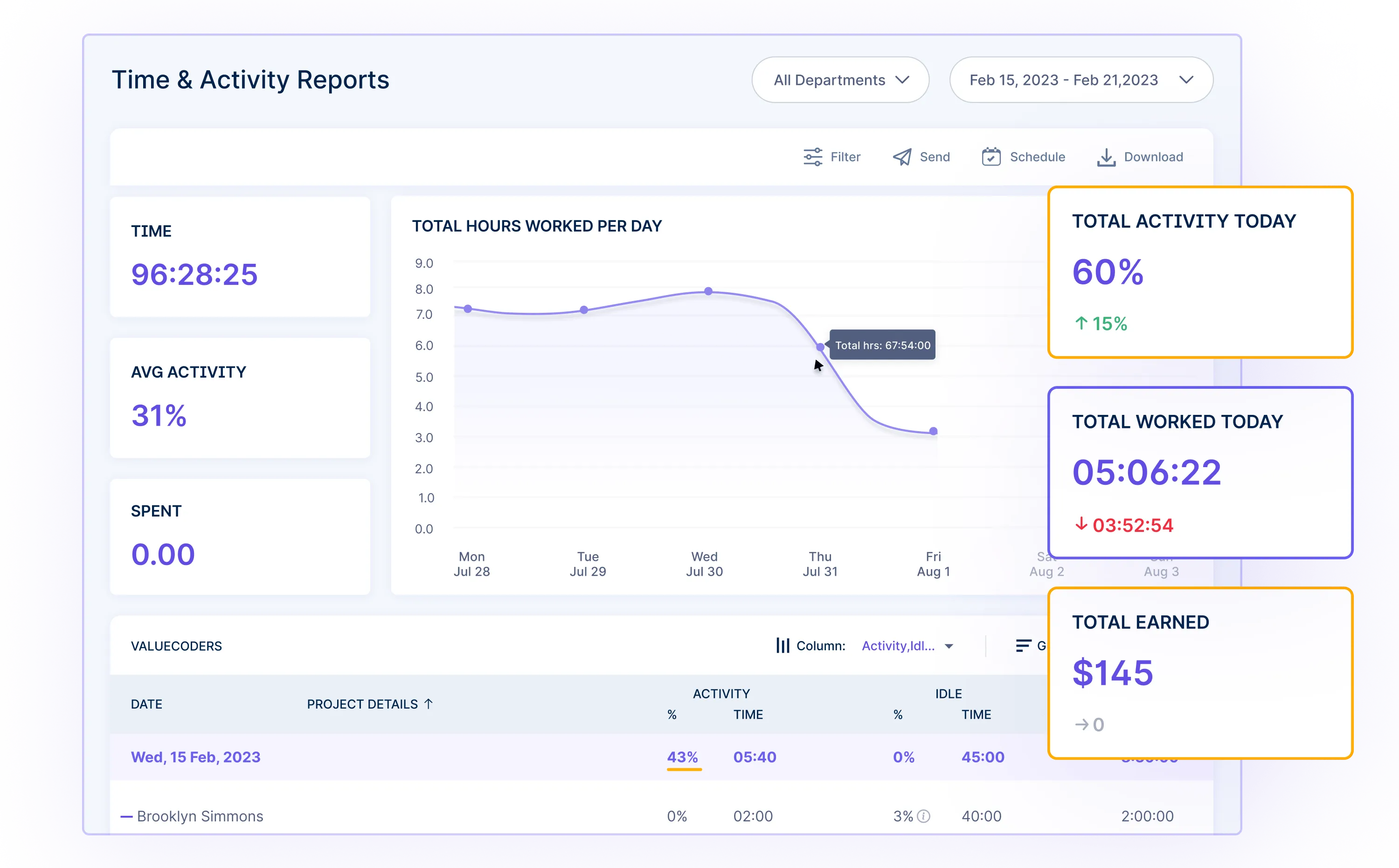
Workstatus measures how engaged you are during the day. It checks tasks completed or time spent on work.
It’s like a report card for work, helping to see how well you are doing.
- Timezone Support
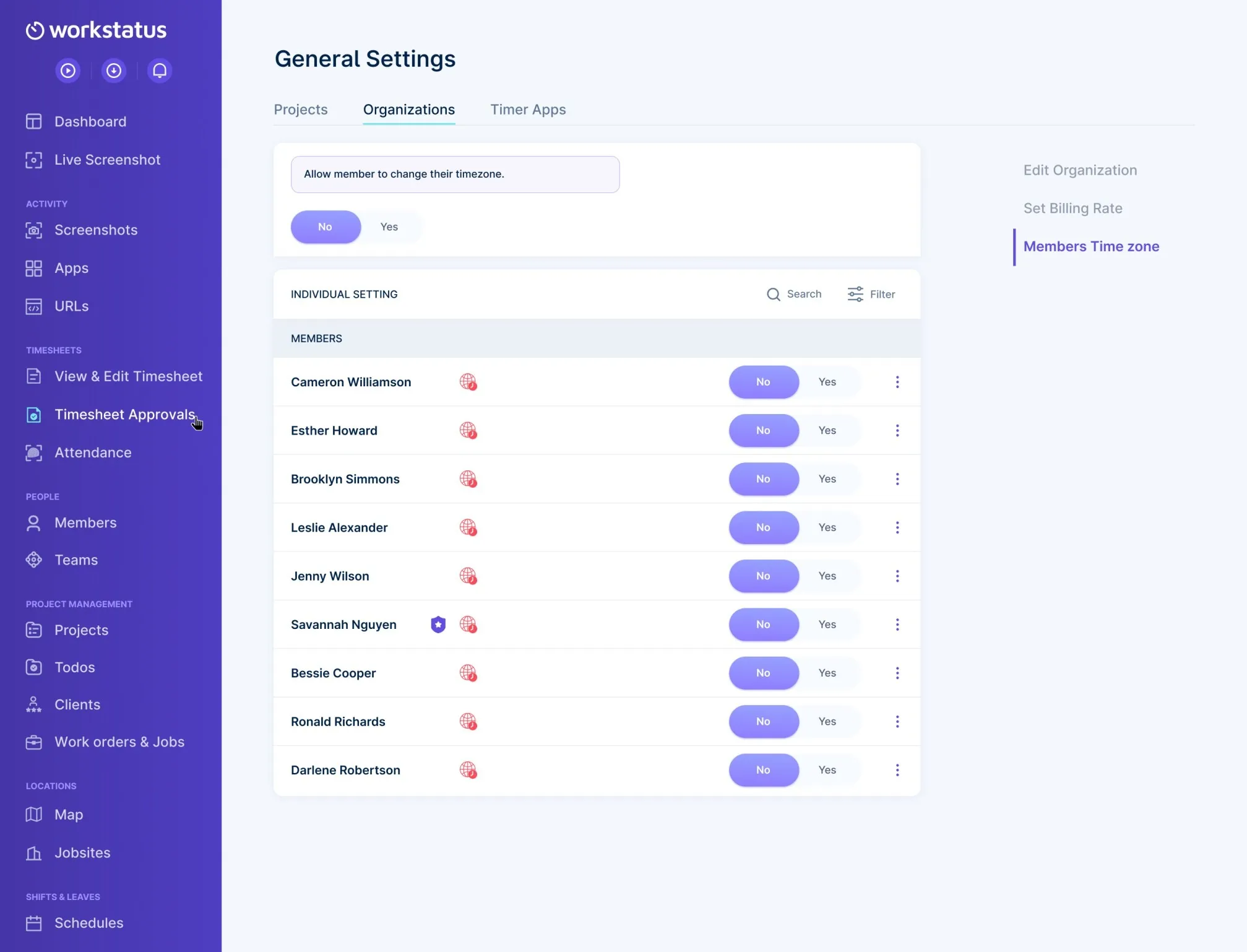
Workstatus makes it easy to work with people from different places.
It shows different times on the same page, so everyone knows when to meet or work together, even in different time zones.
- Broadcast Notifications
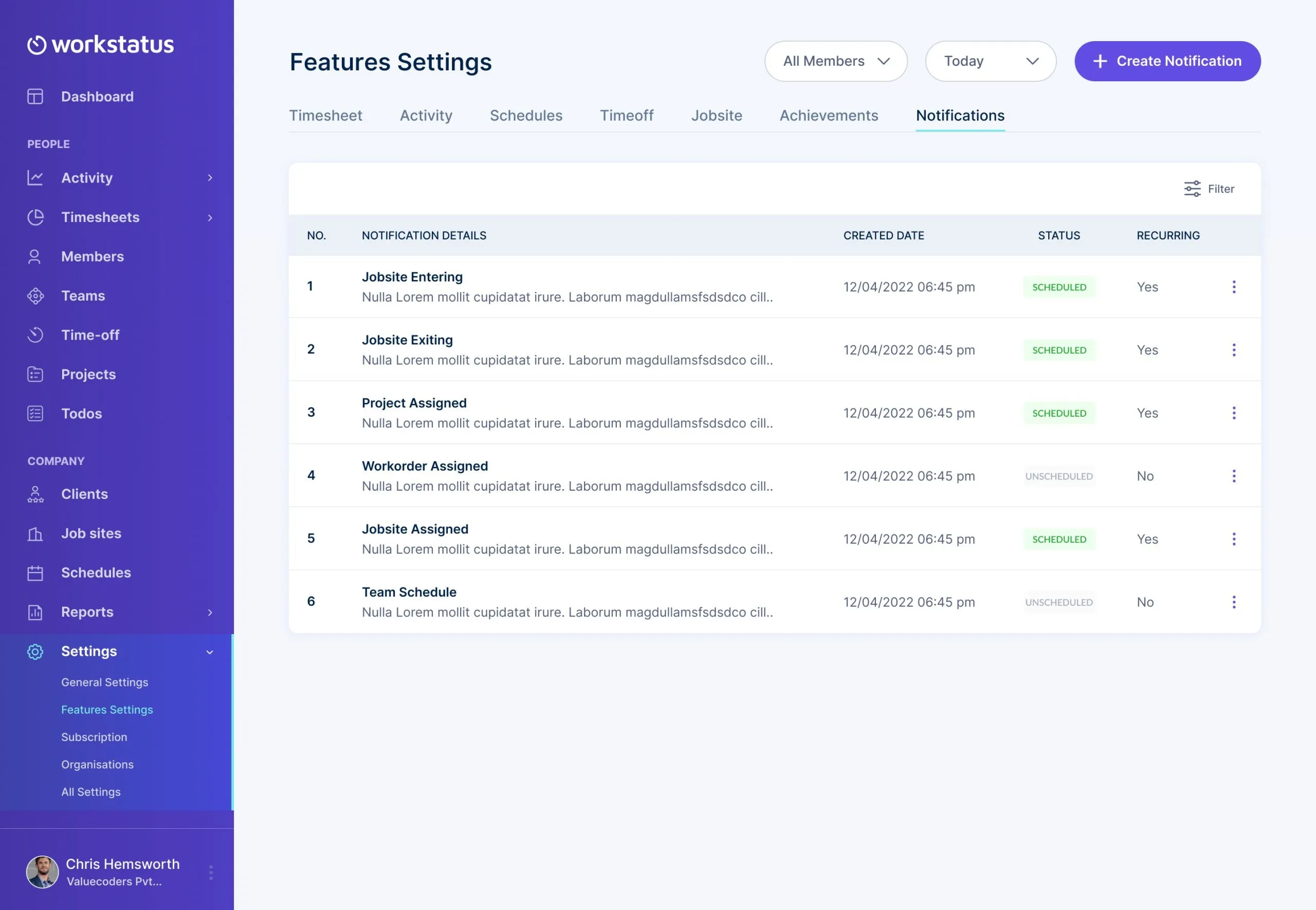
Workstatus sends messages to everyone at once. It’s like sending a message to a whole team or clients quickly.
It helps everyone get important news or updates without missing anything.
- Productivity Tracking
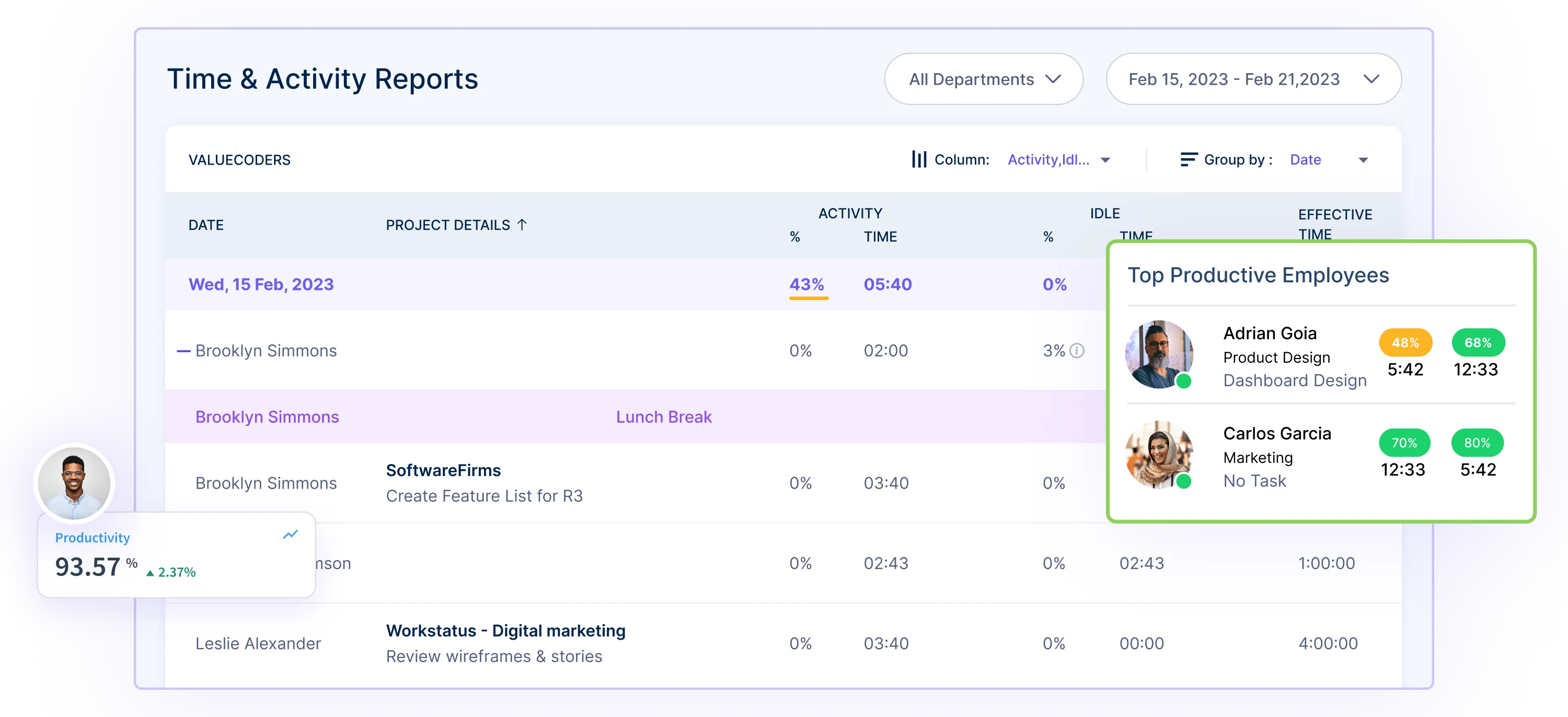
Workstatus helps to see how much work is getting done.
It looks at how focused someone is, how much time is spent on tasks, and how productive they are.
It’s like a guide to work smarter and get more done during the day.
2. Slack
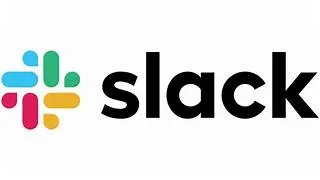
It’s not just a chat app; Slack allows teams to easily communicate in channels based on projects or topics, share files, integrate with other tools, and search for past conversations.
It reduces email clutter and enhances real-time collaboration.
Key Benefits:
- Organized team communication
- Real-time collaboration
- Integration with apps
3. Zoom

Beyond video calls, Zoom offers features like screen sharing, virtual backgrounds, webinar hosting, and breakout rooms for smaller discussions within larger meetings.
It’s known for its ease of use and reliability in facilitating remote communication.
Key Benefits:
- Seamless video meetings
- Screen sharing
- Webinar hosting
4. Trello
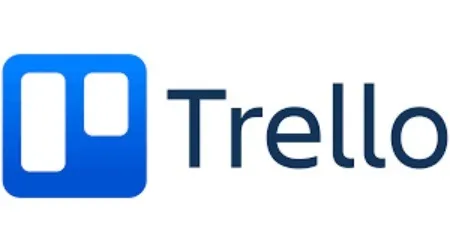
This visual project management tool uses boards, lists, and cards to help teams organize tasks, prioritize work, track progress, and collaborate seamlessly.
It’s flexible and intuitive, allowing easy customization based on different workflows.
Key Benefits:
- Visual task organization
- Team collaboration
- Flexible project tracking
5. Asana 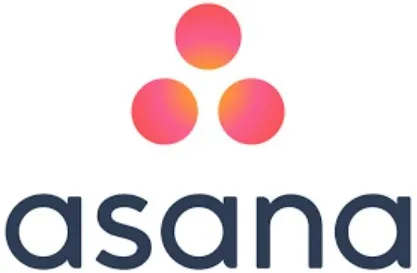
Asana offers task management, project tracking, and team collaboration features.
It enables users to create tasks, set deadlines, assign responsibilities, and visualize project timelines, fostering transparency and accountability.
Key Benefits:
- Task management
- Project tracking
- Team transparency
6. Google Workspace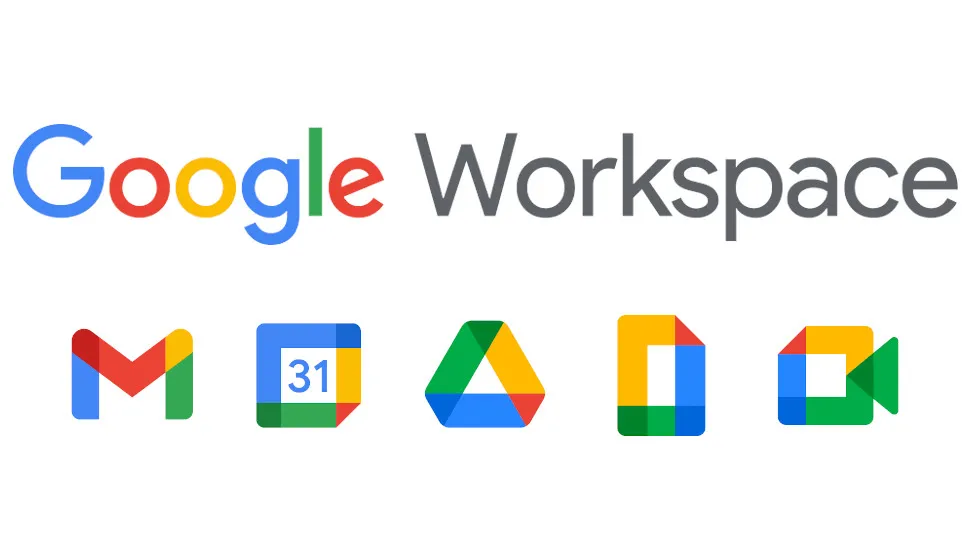
Formerly G Suite, Google Workspace includes Gmail, Google Drive, Docs, Sheets, Slides, and more.
It’s a cloud-based productivity tool suite that facilitates real-time collaboration on documents, spreadsheets, and presentations.
Key Benefits:
- Cloud collaboration suite
- Real-time editing
- Email and docs
7. Microsoft Teams

This platform integrates chat, video meetings, file storage, and collaboration tools within the Microsoft 365 ecosystem.
It enhances teamwork by providing a centralized space for communication and project management.
Key Benefits:
- Unified communication hub
- Collaboration tools
- Office 365 integration
8. Notion
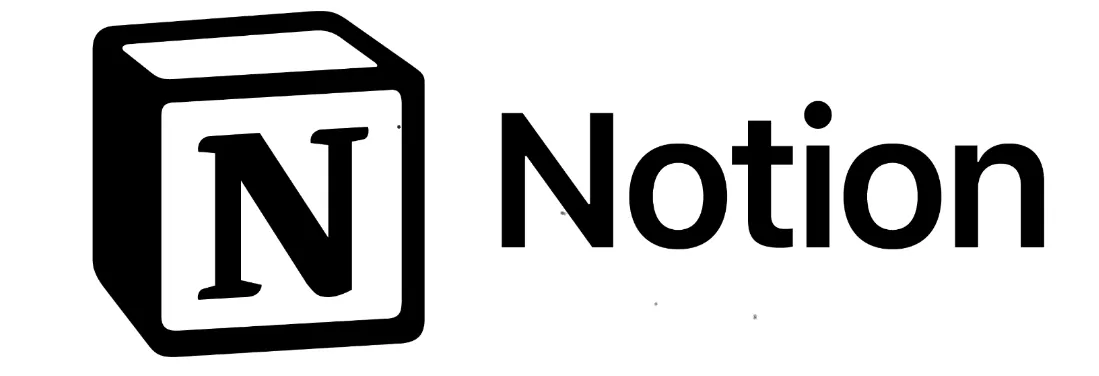
Going beyond note-taking, Notion functions as an all-in-one workspace with customizable databases, kanban boards, wikis, and project management tools.
It allows users to organize and collaborate on various types of content.
Key Benefits:
- All-in-one workspace
- Customizable databases
- Project management
9. Todoist
A task manager that helps users create to-do lists, set reminders, prioritize tasks, and track progress across different devices.
It’s user-friendly and encourages productivity through effective task management.
Key Benefits:
- Task prioritization
- Reminder setting
- Cross-platform syncing
10. Miro
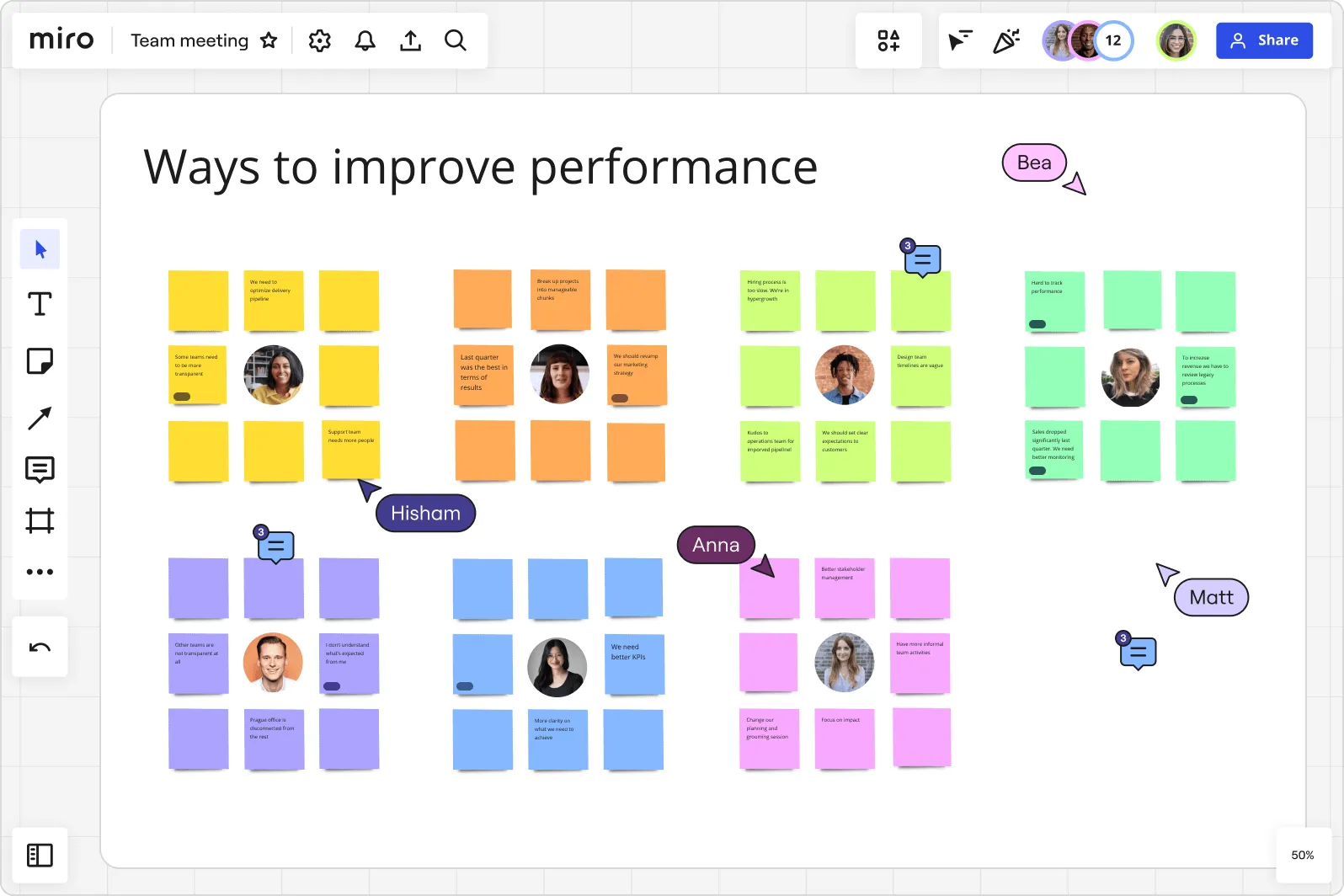
A collaborative online whiteboard platform that supports visual brainstorming, diagramming, mind mapping, and project planning.
It facilitates remote teams in working together visually and creatively.
Key Benefits:
- Online collaboration board
- Visual brainstorming
- Project planning
11. Evernote
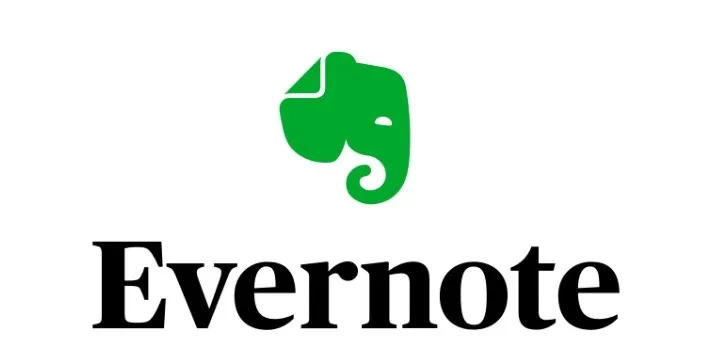
Known for its versatility, Evernote is a note-taking app that allows users to capture ideas, create checklists, clip web articles, and sync notes across devices.
It helps in organizing information efficiently.
Key Benefits:
- Note organization
- Multi-device sync
- Web clipping
12. Dropbox

A cloud storage service lets users store, access, and share files across devices securely.
It offers collaboration features, such as file sharing and commenting, improving team workflows.
Key Benefits:
- Cloud file storage
- File sharing
- Collaboration features
13. LastPass
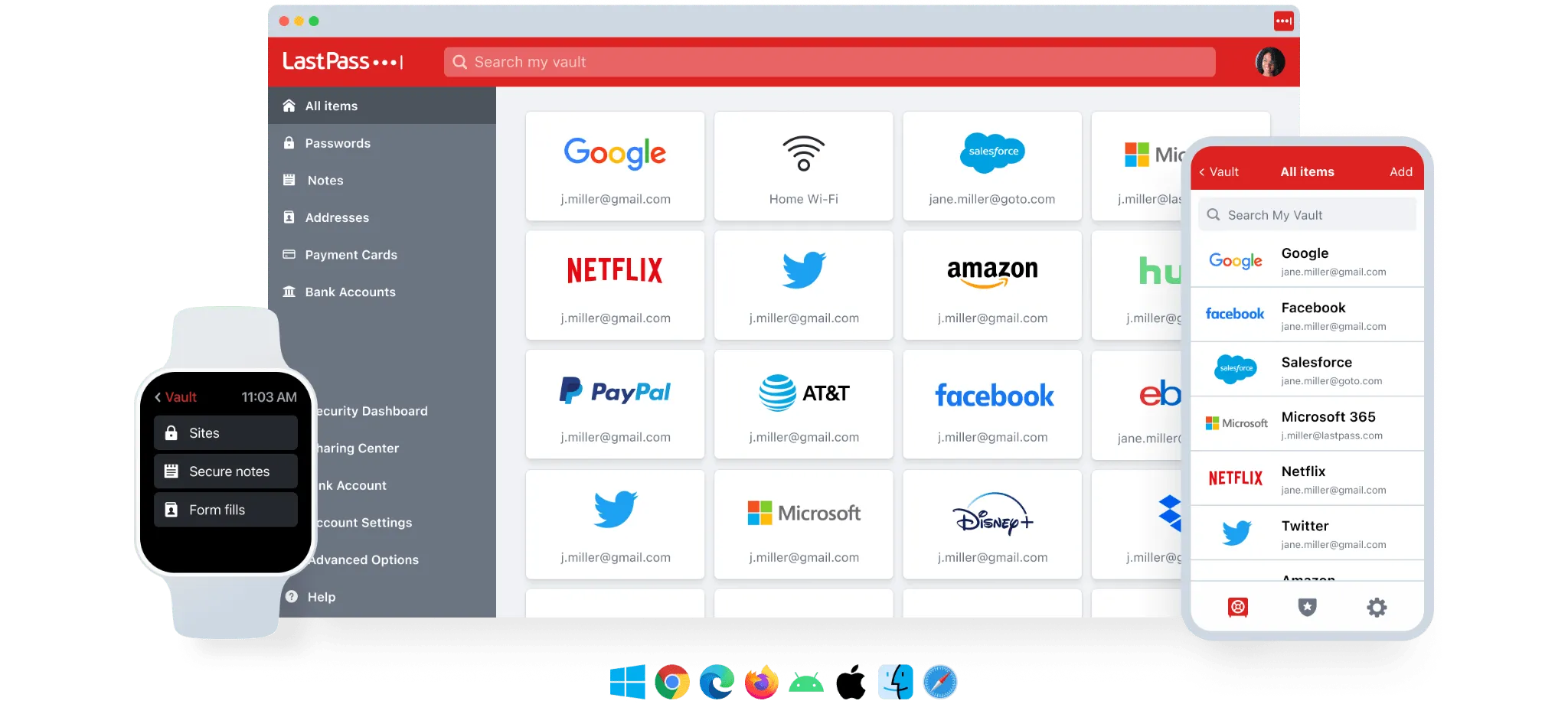
A password manager that generates, stores, and autofills strong, unique passwords for different accounts.
It ensures better security by reducing the need to remember multiple passwords.
Key Benefits:
- Password security
- Password generation
- Simplified logins
14. Grammarly
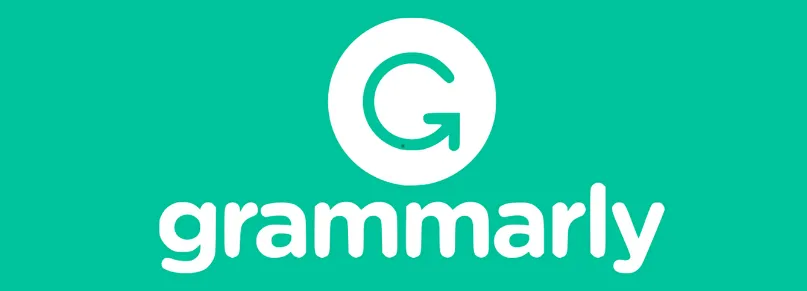
Beyond correcting spelling and grammar, Grammarly provides suggestions for improving writing style, clarity, and tone.
It’s available as a browser extension and helps enhance overall writing quality.
Key Benefits:
- Writing improvement
- Spelling and grammar
- Style suggestions
15. Calendly

Simplifies scheduling by allowing users to share their availability and schedule meetings without back-and-forth emails.
It integrates with calendars and sends reminders, streamlining the appointment booking process.
Key Benefits:
- Simple scheduling
- Automated reminders
- Calendar integration
16. RescueTime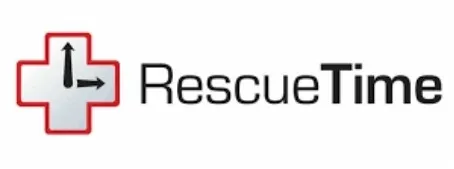
Tracks time spent on various applications and websites, providing insights to improve productivity by identifying time-wasting habits and optimizing work routines.
Key Benefits:
- Time tracking insights
- Productivity analysis
- Focus improvement
17. Zapier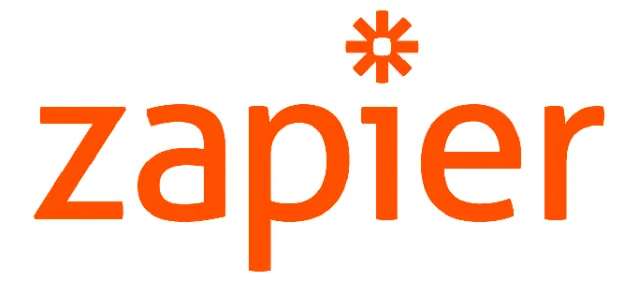
The next tool is Zapier. It is an automation tool that helps you connect different apps to automate workflows without coding.
It enables seamless data transfer and triggers actions between different platforms.
Key Benefits:
- App automation
- Workflow integration
- Connects apps
18. Hootsuite

A social media management platform that lets scheduling, monitoring, and analyzing social media content across multiple platforms from one dashboard, simplifying social media marketing efforts.
Key Benefits:
- Social media management
- Content scheduling
- Analytics and monitoring
19. HelloSign

Offers e-signature services, allowing users to sign and request signatures on documents electronically, streamlining document workflows without the need for printing or scanning.
Key Benefits:
- E-signature convenience
- Document workflow
- Paperless signatures
20. Figma
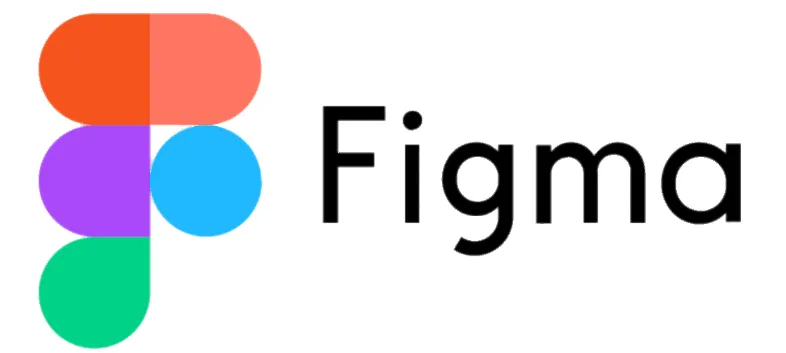
A collaborative interface design tool used for creating prototypes, wireframes, and designs.
Its real-time collaboration features enable multiple users to work on designs simultaneously.
Key Benefits:
- Collaborative design
- Prototyping
- Multi-user editing
21. 1Password

Securely stores and manages passwords, sensitive information, and login credentials for various accounts, ensuring stronger security practices and securely simplifying multiple platform access.
Key Benefits:
- Password security
- Secure password storage
- Easy logins
Things To Consider Before Investing In Any App
Here are some major things to consider before investing in any app for your remote work:
Purpose: Understand why you need the app. Check if it solves a problem or fulfills a specific need for you or your business.
Features: Look at the app’s features and see if they match your requirements. Consider if it’s user-friendly and has the tools you’ll use.
Reviews and Ratings: Check what others say about the app. Reviews and ratings from users can give you an idea of its reliability and usefulness.
Cost: Consider the app’s price and if it fits your budget. Look for any extra fees or hidden costs before investing.
Support and Updates: Check if the app offers good customer support and regular updates. It’s important to have help when needed and ensure the app stays current.
Security and Privacy: Ensure the app respects your data’s security and privacy. Check their policies to safeguard your information.
Compatibility: Confirm if the app works on your devices or platforms. Compatibility is crucial for seamless usage.
Trial or Demo: If possible, try a free trial or demo version. It gives you a hands-on experience before committing to purchase, helping you make an informed decision.
Closing Thoughts
In conclusion, having the right apps is key for remote work success.
These tools, from communication platforms like Slack and Zoom to productivity apps like Workstatus, make remote work easier.
They help in staying organized, collaborating effectively, and managing tasks efficiently.
Choosing the best apps tailored to individual needs can significantly enhance productivity and make remote work a seamless and productive experience.



